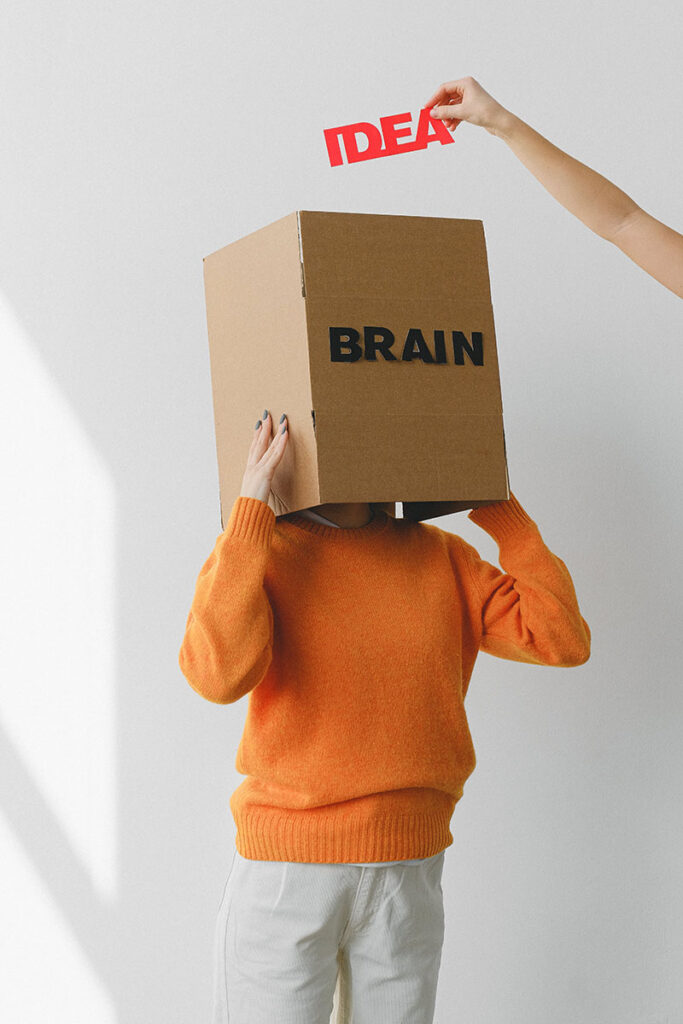CBT stands as a beacon of hope for those looking to break free from the shackles of negative thinking patterns and emotional distress, offering a path towards personal growth, improved mental health, and a brighter future.
Understanding Cognitive-Behavioral Therapy (CBT)
Cognitive-behavioral therapy, often abbreviated as CBT, is a therapeutic approach rooted in psychology that has gained widespread recognition for its effectiveness in helping individuals overcome a range of mental health challenges. At its core, CBT is founded on the belief that our thoughts, feelings, and behaviors are intricately interconnected. This approach posits that altering one component of this interconnected triad can significantly influence the others, leading to substantial changes in one’s life.
CBT operates on several key principles, making it a versatile and powerful form of psychotherapy. It seeks to help individuals identify and challenge negative or irrational thought patterns that may be contributing to emotional distress and unhelpful behaviors. Through this process, individuals gain the tools and strategies needed to replace these negative thought patterns with more constructive and rational ones.
The Connection Between Thoughts, Feelings, and Behaviors

At the heart of CBT lies the foundational concept that our thoughts, feelings, and behaviors are inextricably linked. Consider this: when you think negatively about a situation, your emotions often follow suit, leading to feelings of sadness, anxiety, or frustration. These negative emotions, in turn, can trigger unhelpful behaviors or reactions.
Conversely, changing the way you think about a situation can lead to a shift in your emotional response and subsequently influence your behaviors. For example, if you learn to reframe your thoughts from a pessimistic outlook to a more optimistic one, you’re likely to experience improved emotional well-being, which can result in more positive and adaptive behaviors.
This interconnectedness is the foundation upon which CBT is built. By recognizing and modifying negative thought patterns, individuals can break free from the cycle of negative emotions and behaviors, ultimately leading to a more fulfilling and satisfying life.
In the following sections, we will explore the myriad benefits of CBT techniques, delve into key strategies employed within CBT, and provide guidance on how to embark on your journey toward changing your thoughts and, consequently, changing your life.
Key CBT Techniques

Cognitive-behavioral therapy (CBT) offers a diverse array of techniques that empower individuals to transform their lives by reshaping their thoughts, emotions, and behaviors. These techniques are at the heart of the CBT process, and mastering them is instrumental in achieving positive outcomes.
Identifying Negative Thought Patterns
One of the initial steps in CBT is identifying negative thought patterns. These patterns, often referred to as cognitive distortions, are deeply ingrained ways of thinking that contribute to emotional distress. Common cognitive distortions include black-and-white thinking, catastrophizing, and personalization, among others.
To identify these patterns, individuals are encouraged to become more self-aware and to pay close attention to their thoughts when facing challenging situations. Journaling or keeping a thought diary can be a valuable tool in this process. By recognizing and cataloging these negative thought patterns, individuals can begin the journey toward change.
Cognitive Restructuring
Cognitive restructuring is a fundamental technique in CBT. It involves challenging and changing negative thought patterns into more constructive ones. This process is akin to renovating the foundation of a building; by addressing faulty thinking patterns, individuals can create a stronger mental framework.

To implement cognitive restructuring, individuals are guided through a systematic process:
Identify Negative Thoughts: The first step is to pinpoint the negative or irrational thoughts that are causing emotional distress. This may involve revisiting the thought diary mentioned earlier.
Examine the Evidence: Next, individuals are encouraged to evaluate the evidence critically supporting these negative thoughts. Are they based on facts, or are they distortions?
Challenge Distorted Thoughts: Once the evidence is examined, the distorted thoughts are challenged. This can involve asking questions like, “Is there another way to interpret this situation?” or “What would a more rational response be?”
Replace with Rational Thoughts: Finally, individuals work to replace negative thoughts with more rational and constructive ones. This can lead to a shift in emotional responses and behaviors.
Behavioral Experiments
Behavioral experiments are a hands-on technique used in CBT to test and modify behaviors that result from negative thinking. By engaging in these experiments, individuals can gather real-world evidence that challenges their negative beliefs and validates more positive thought patterns.
For example, if someone has a fear of public speaking due to negative thoughts about being judged or humiliated, a behavioral experiment might involve delivering a short speech in a supportive and non-judgmental environment. The goal is to gather evidence that contradicts the negative beliefs, showing that the feared consequences are unlikely to occur.
Relaxation and Stress Reduction

CBT recognizes the importance of managing emotional distress through relaxation and stress reduction techniques. Chronic stress and anxiety often accompany negative thought patterns. Learning to relax the mind and body can be crucial in breaking the cycle of negative thinking.
Common relaxation techniques include deep breathing exercises, progressive muscle relaxation, and mindfulness meditation. These practices help individuals regain control over their emotional responses and reduce the physical tension associated with stress.
By incorporating these key CBT techniques into their lives, individuals can take proactive steps to identify and challenge negative thought patterns, reshape their cognitive landscape, modify unhelpful behaviors, and effectively manage emotional distress. The result is a journey towards a more positive and fulfilling life.
How to Get Started with CBT
Cognitive-behavioral therapy (CBT) offers a path to personal transformation, but getting started can be a crucial step. Here’s how you can embark on your CBT journey:
Seeking Professional Help

The importance of seeking professional help cannot be overstated, especially if you’re dealing with complex or severe mental health issues. Therapists can help you identify specific thought patterns and behaviors that are causing distress and work with you to develop strategies for change.
Moreover, it’s worth noting that CBT is increasingly accessible through online resources and therapy platforms. This means you can connect with a CBT-trained therapist from the comfort of your home, expanding your options for finding the right professional to work with.
Struggling with stress, anxiety, or depression? Contact Us.
Self-Help Strategies

While professional guidance is invaluable, there are also self-help strategies and exercises you can employ to start applying CBT techniques in your daily life:
Thought Monitoring: Begin by keeping a thought diary to track your negative thought patterns. Note the situations that trigger these thoughts and the emotions they provoke.
Challenge Negative Thoughts: Practice challenging your negative thoughts on your own. Ask yourself if they are based on facts or assumptions. Consider alternative, more balanced perspectives.
Set Realistic Goals: Break down your long-term goals into smaller, manageable steps. This can help you build confidence and a sense of achievement as you work towards change.
Practice Relaxation Techniques: Incorporate relaxation exercises into your daily routine. This could involve deep breathing exercises, meditation, or progressive muscle relaxation.
Behavioral Experiments: Design and carry out simple behavioral experiments to test the validity of your negative beliefs. Start with low-stakes situations and gather evidence that challenges your negative thinking.
Remember that self-help strategies are a valuable supplement to professional guidance, particularly in maintaining and reinforcing the progress you make in therapy.
Conclusion
In conclusion, cognitive-behavioral therapy (CBT) stands as a powerful tool for transforming one’s life by reshaping thought patterns and, subsequently, emotions and behaviors. We’ve explored the core principles of CBT, from understanding the interconnected nature of thoughts, feelings, and behaviors to mastering key techniques like cognitive restructuring and behavioral experiments.
To embark on your CBT journey, it’s essential to seek professional help from a trained therapist or counselor who can provide guidance, support, and personalized treatment plans. With the increasing availability of online resources and therapy platforms, access to CBT has never been more convenient.
Additionally, self-help strategies and exercises allow individuals to start applying CBT techniques in their daily lives. These techniques can empower you to take control of your thoughts and emotions, gradually reshaping your cognitive landscape.
Ultimately, the message is clear: changing your thoughts through CBT techniques can lead to a transformative impact on your life. It’s a path to personal growth, improved mental health, and a brighter future. We encourage you to explore CBT further, either with professional guidance or through self-help strategies, and take the first step toward a more positive and fulfilling life.



